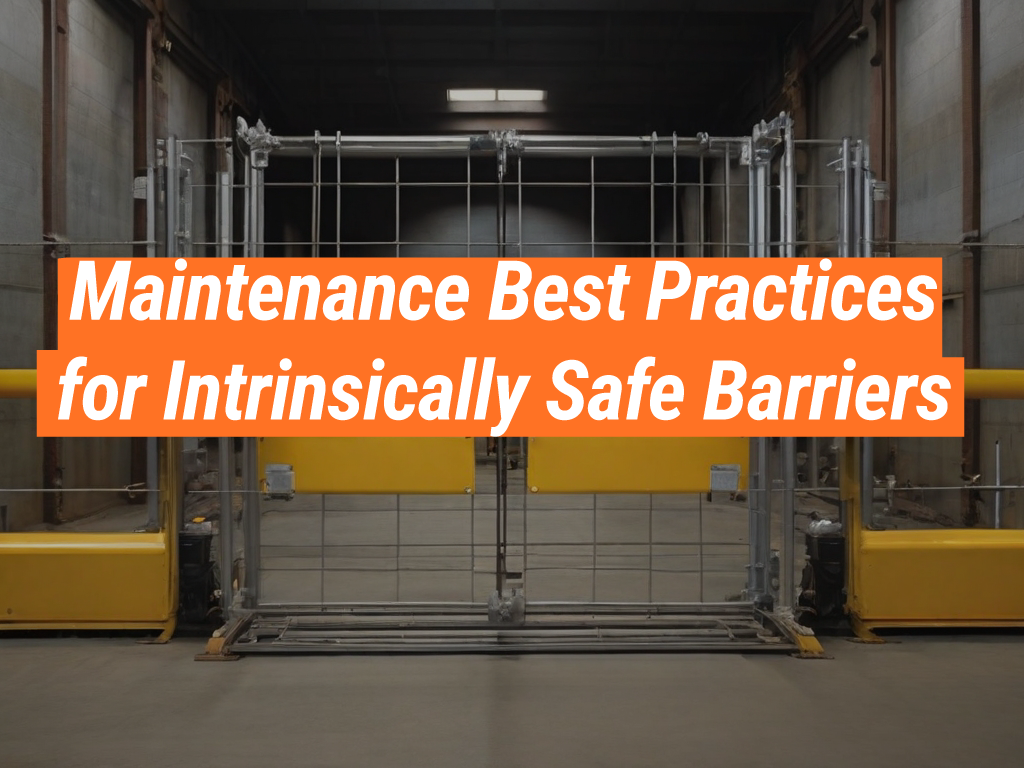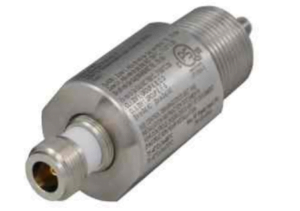When it comes to safety in hazardous environments, intrinsically safe barriers play a crucial role. These devices, available from leading suppliers like the Intrinsically Safe Store, are designed to limit the energy available for ignition in potentially explosive atmospheres. However, to ensure their optimal performance and longevity, regular and proper maintenance is essential. This article will delve into the best practices for maintaining intrinsically safe barriers. We invite you to visit the Intrinsically Safe Store to explore a wide range of safety equipment.
Understanding Intrinsically Safe Barriers
Intrinsically safe barriers are devices that prevent excess energy from reaching a hazardous area, thereby preventing potential explosions. They are commonly used in industries such as oil and gas, mining, and chemical processing where explosive gases or dust may be present.
Importance of Regular Maintenance
Like any other safety equipment, intrinsically safe barriers require regular maintenance to ensure their effectiveness. Neglecting this can lead to equipment failure, which can have catastrophic consequences in hazardous environments.
Maintenance Best Practices
Here are some best practices to follow when maintaining intrinsically safe barriers:
- Regular Inspection: Regularly inspect the barriers for any signs of damage or wear and tear. This includes checking for loose connections, corrosion, or any other physical damage.
- Testing: Regular testing is crucial to ensure the barriers are functioning correctly. This should include electrical testing to verify the integrity of the barrier.
- Documentation: Keep a record of all maintenance activities. This can help identify recurring issues and provide valuable information for future maintenance planning.
- Training: Ensure that all personnel involved in the maintenance of the barriers are adequately trained and understand the importance of their role.
Case Study: The Impact of Regular Maintenance
A case study conducted in a chemical processing plant highlighted the importance of regular maintenance. The plant had been experiencing frequent equipment failures, leading to costly downtime. After implementing a regular maintenance schedule for their intrinsically safe barriers, the plant saw a significant reduction in equipment failures and an increase in operational efficiency.
Maintaining intrinsically safe barriers is not just about prolonging their lifespan, but also about ensuring the safety of personnel and operations in hazardous environments. Regular inspection, testing, proper documentation, and training are all crucial elements of a successful maintenance program. By following these best practices, you can ensure the optimal performance of your intrinsically safe barriers and contribute to a safer working environment.
For more information on intrinsically safe barriers and other safety equipment, visit the Intrinsically Safe Store. Our team of experts is ready to assist you with any questions or concerns you may have. Contact us today!



